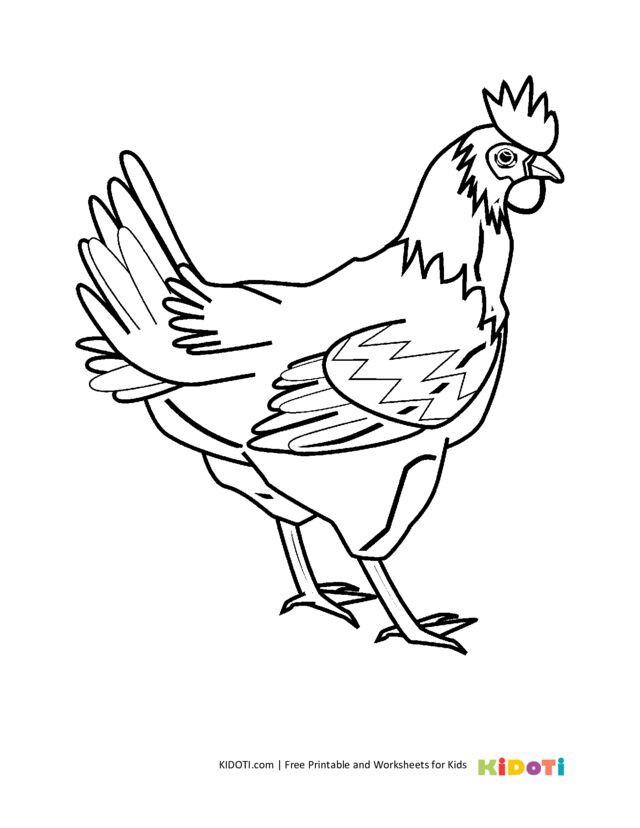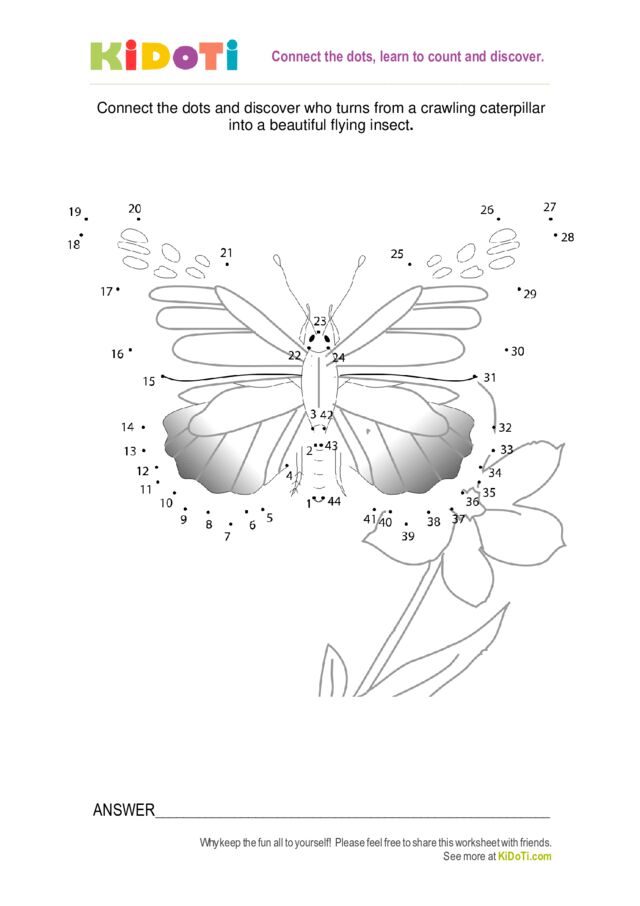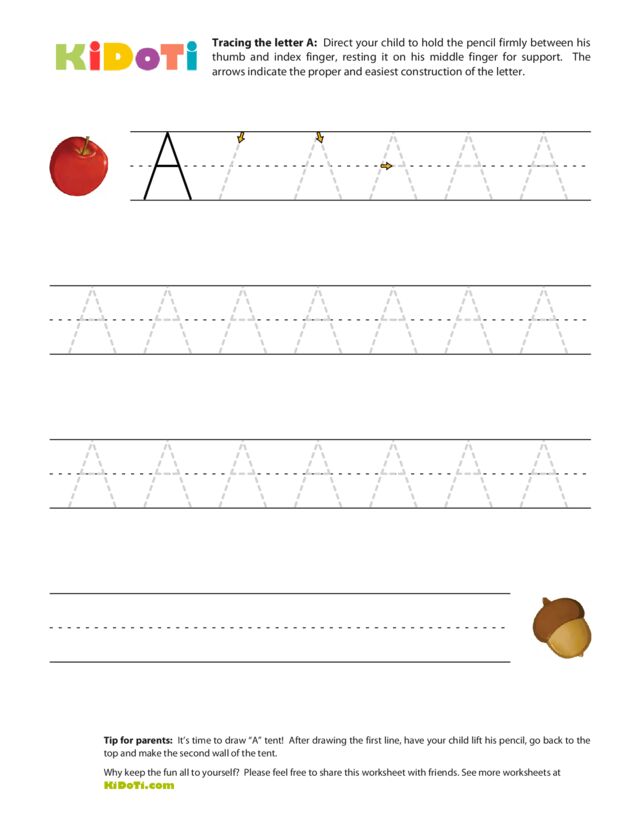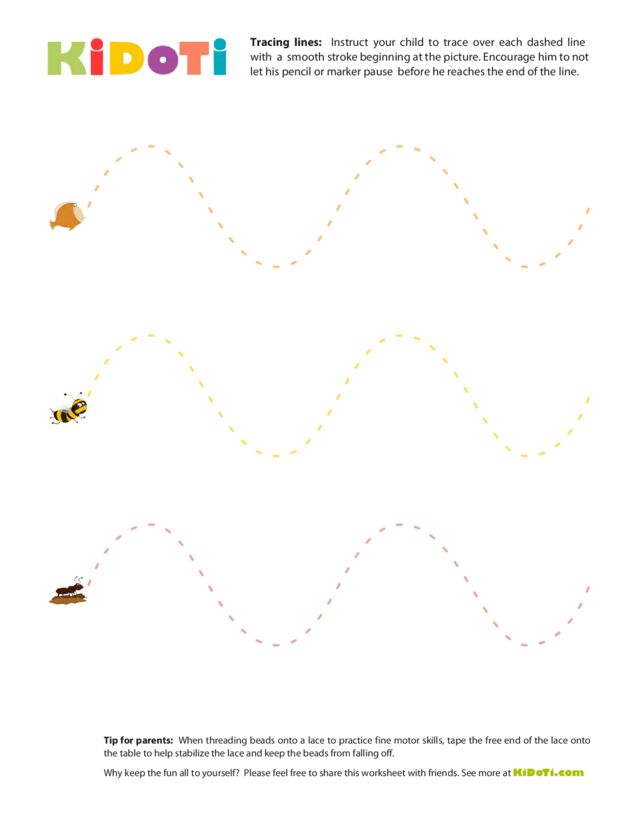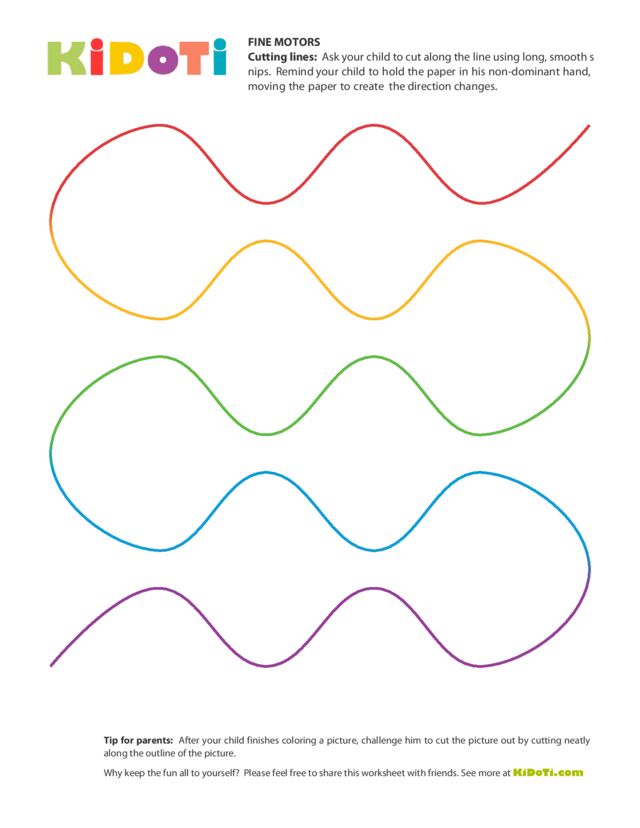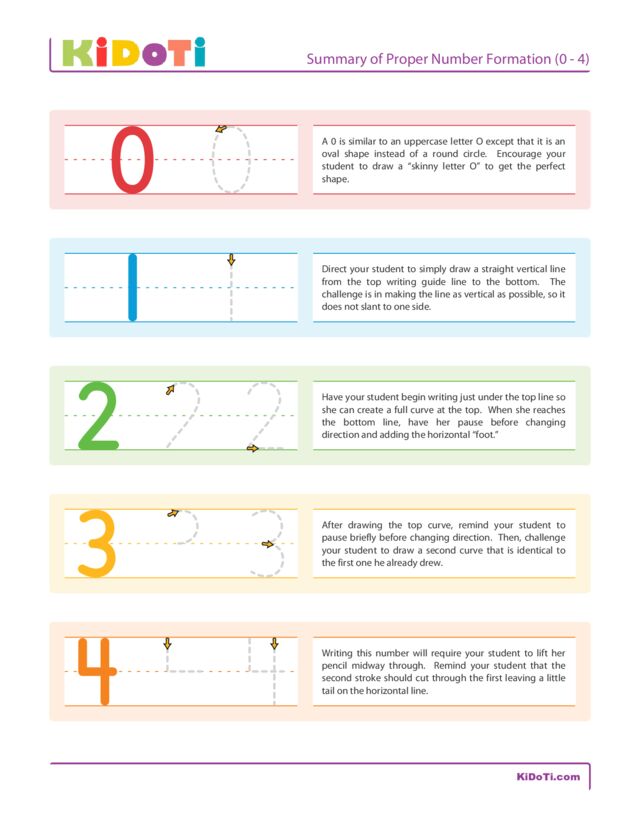During preschool and kindergarten, children are introduced to writing and art projects that require precision writing and cutting. Success with these activities depends on strong fine motor skills, which are honed through practice. Encouraging your child to practice tracing and cutting with engaging tracing worksheets and cutting worksheets will help him develop important muscles in his fingers and hands, as well as improve coordination between his dominant hand (the hand that holds the pencil or scissors) and his non-dominant hand (the hand that steadies the paper being written on or cut).
Chicken Coloring Pages
Animal Coloring Pages
Connect the Dots
Tracing Letters
Tracing Lines
Cutting Skills
Tracing Numbers
Why fine motor activities are helpful for young children
Fine motor skills refer to the ability to maneuver pencils, crayons, markers, scissors and other small objects accurately with the fingers, thumb and hand. Above all, refining fine motor skills takes practice. But scribbling randomly on a sheet of paper and holding the pencil or crayon incorrectly actually impedes progress with fine motor skills and instills bad habits that have to be unlearned. It is much easier to train the fine motor muscles in the fingers to hold and operate pencils and scissors correctly from the start.
The fine motor activities and worksheets on this page provide specific practice using a pencil and scissors. They are designed to challenge children without overwhelming them. Copying these worksheets several times will give your child extra practice with these important fine motor activities.
There are a few major fine motor activities for young children, including (but certainly not limited to) tracing, cutting, using tweezers or eye droppers, and threading beads. The fine motor worksheets on this page focus on the fine motor activities of cutting and tracing, while the fine motor activity suggestions on the bottom of each fine motor worksheet discuss many of the other important fine motor activities.
Tips for completing these fine motor activities
The tracing lines worksheets help children learn to accurately place and move a pencil on a sheet of paper. It will take repeated practice with each sheet to hone handwriting skills, so be ready to make multiple copies of these pages so your child has ample opportunity to practice.
It is extremely important to watch your child as he completes each tracing worksheet so you can ensure that he is gripping the pencil correctly and does not regress to an incorrect pencil grip. Also, a small golf pencil is the perfect size and weight for little fingers, so consider purchasing a set of golf pencils at an office supply store or online so your child can write comfortably.
I suggest beginning with the most basic tracing worksheets so your child can get comfortable tracing over dashed lines. Then, when your child displays comfort tracing the lines on a specific tracing worksheet, move on to the next worksheet. The tracing worksheets are ordered according to difficulty and build on previous skills. (The double loop is presented only after a larger single loop is practiced, for example.)
If your child is distracted by seeing a full page of lines, simply fold the paper to reveal one row of tracing lines at a time. I recommend dating and saving each fine motor worksheet to demonstrate to your child the progress he is making as he practices, since his precision and fluidity will improve over time as he completes additional fine motor activities.
Cutting is another wonderful fine motor activity and the cutting worksheets on this page are suited to a variety of skill levels. Again, watch your child as he picks up and maneuvers the scissors to be sure that he holding the scissors correctly.
The challenge with cutting exercises comes with the need for children to use both hands at the same time. One hand does the cutting and the other hand holds and controls the paper. If your child finds the entire width of the paper too floppy or difficult to manage, cut the strip in half to give him a smaller piece of paper to handle. Cutting complicated shapes or lines is an advanced fine motor activity that will take practice for your child to master.
